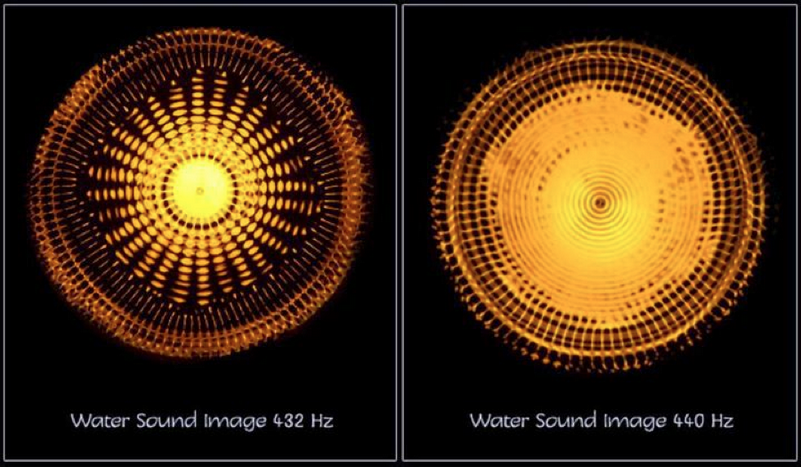I thought I would get a little nerdy this morning.. and I would love to hear your thoughts on this topic.What I’m talking about is tuning to 432 Hz. This is an interesting topic, and personally, isn’t quite there for me to commit to it, but I have to admit, I am curious about it. So what is this? Basically, using a tuner that is capable of tuning to 432 Hz vs 440 Hz. 440 Hz is known as the modern concert pitch, and has become the standard in 1936 and is what all the basic tuners out there tune to.
 Apparently, tuning the A to 432 Hz music becomes easier on the ears.. and is often referred to as the ‘God note’. Some people argue that this is completely BS, while others are absolutely passionate that this impacts their tone in a positive way. Let’s hear some examples:
Apparently, tuning the A to 432 Hz music becomes easier on the ears.. and is often referred to as the ‘God note’. Some people argue that this is completely BS, while others are absolutely passionate that this impacts their tone in a positive way. Let’s hear some examples:
What did you think? Better? Worse? Now, I’ve also heard that many of the classic tunes from artists like Beatles, Dire Straits, etc tune to this and is the reason why when trying to play their songs in conventional 440 Hz tuning, your guitar sounds just a hair off.
Now one thing to consider, to be able to tune to this, you need a tuner that can adjust the frequency. Many of the popular tuners out there, are not capable of going down to 432 (ie: Boss, Polytune, etc). Some tuners can – Snark, Strobostomp, etc.
Now the other important thing to consider when you do this, it’s an all or nothing type situation. What this means, that if you tune down to 432 Hz, everyone else in the band needs to as well, or you’ll be slightly out of tune. That’s a band commitment.
Let me know what you think about this by commenting below!
-
8 years ago
I picked 432 correctly for ex.1 and ex.4,my picks for 2&3 were wrong.
Reply
The Nazi's used 440 to "gin" up the crowds in their propoganda campaigns,Look it up!
Sound IS an emotional tool,be carefull how You use it! -
8 years ago
Based on preference, I’m spilt 50/50 for the most part…the truth is that I knew that there was something odd about sample two as I didn’t reall hear any differences between the two, A or B.
Reply -
8 years ago
transposing the keys is not a valid scientific observable study in the difference of observable frequency changes. The study should be the in the same “key” for each case to be properly judged. Changing keys and asking the listener to choose their favorite is simply subjective opinion not based in fact.
Reply -
7 years ago
Lets say that the 12-TET system and the division of vocal fachs (bass, baritone, tenor, contralto, alto and soprano) were similar back in the days of Händel. He tuned to A4 at 423Hz or 68 cents lower than modern A4=440Hz or 32 cents sharper than modern G#4=415.3Hz.
Reply
Its was a lot easier in a choir for the tenor to hit a F#4 note (higher notes is in headvoice and not a region you write for in choir where female voices sings the higher notes..
Today that F#4 note is actually shifted for most tenors to their head register and they need to “shout” the note or sing in a lighter (thinner) headvoice resonance..
Verdis A at 432Hz keeps the old seperation of the reigsters.. So a tenor can reach a F#4 without needing to change registers early.. This register shift seems to happening with the sopranos on the F5 and F#5 notes..
The French set the standard for A4 at 435Hz.. which in my research is the highest you can go before the early transition is needed.. You still have to lay of a little compared to 432Hz tuning but with plenty of warm up you can stretch and maintain that note in its stronger lower middle register… -
7 years ago
I call BS on the super power 432 tuning and I cite this article to back it up: https://ask.audio/articles/music-theory-432-hz-tuning-separating-fact-from-fiction
Reply
Also, to suggest that 440 was used by nazi germany for propaganda purposes is absurd! The AMERICAN music industry settled on 440 in 1926!

